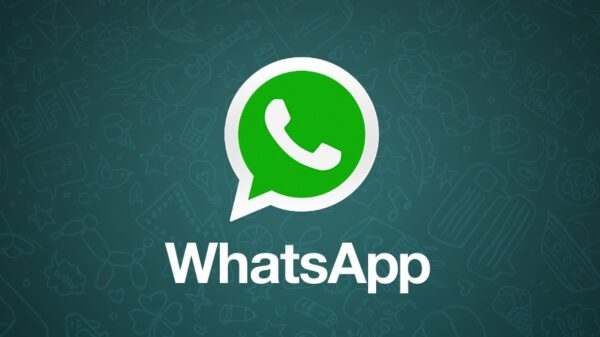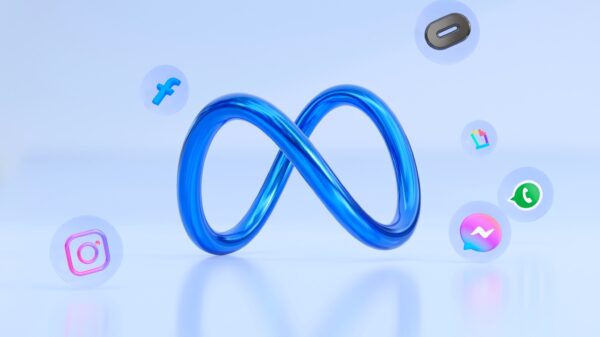Update (February 26): This summary has been updated to represent the final Rules that were notified on Thursday evening. All OTT streaming services will now be required by law to accept complaints from viewers, and on top of the self-regulation system they created to avoid government regulation, they will now be subject to two layers of oversight. The first layer (after individual streaming services' own grievance officers) will be a self-regulatory organisation (likely the Internet and Mobile Association of India's Digital Entertainment Committee, or the recently announced IAMAI Secretariat). This layer is required to be headed by a retired high court or Supreme Court justice. This effectively brings back the Digital Content Complaints Committee that most streaming services roundly rejected in favour of a less onerous code where each streaming service would have been allowed to police itself with some participation from one or more external members. Streaming regulation will now be a quasi-judicial process. Note: This summary was initially based on a copy of the Rules that was released by the Internet Freedom Foundation, and had been circulating in journalist groups. The final Rules have differences that we have outlined below as and when relevant. (The previous draft, for instance, explicitly impacted partly curated platforms like YouTube Originals and Facebook Watch, on top of curated-only streaming platforms like Netflix and Hotstar; the notified Rules don't explicitly draw this distinction.) Below is a full summary of the new regulations governing streaming services in India. Summary of the rules Streaming services…































